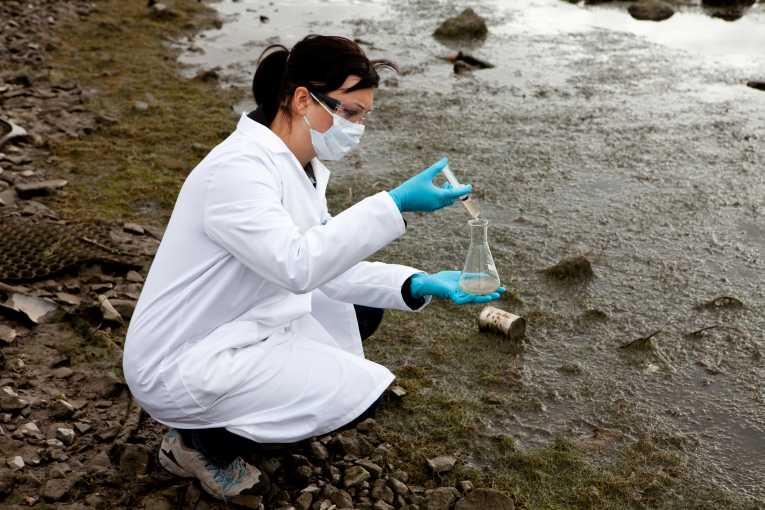The Obama administratiopn has proposed new guidelines to clarify the types of waterways that are under federal regulation under the Clean Water Act.
In a move delighting environment groups, but drawing concern from agricultural lobbies, the new definition of the 1970s act could the increase the government's abilioty to protect streams, wetlands and other sensitge waterways from pollution.
Environmental lobbyists have long criticised vague language in the 1972 Clean Water Act which, it's been argued, has left thousands of polluters to avoid regulations by the Environmental Protection Agency. The Act never clarified exactly which waterways were protected by it, leaving grey space and the ability to evade prosecution by prosecutors.
Two Supreme Court rulings since the Act have failed to resolve the issue.
The new guidelines proposed by the Obama administration hope to do otherwise.
Liosa jackson, chief of the EPA welcomes measures to identify which areas of waterways are protected. ''Today about 117 million Americans - more than a third of the U.S. population - get their drinking water in part from sources that lack clear protection from pollution. At the same time, businesses and regulators face uncertainty and delay' when seeking development permits.
Businesses and property rights groups said the policy will mean more red tape for their industry, putting more unecessary restrictions on companies already trying to the battle a weak economy.
A 60 day public comment period will begin before the plan can be put in place.
On Wednesday, the Obama administration proposed new guidelines to clarify, and expand, the definition of which types of waterways are subject to federal regulation under the Clean Water Act. The new definition could expand regulations to ditches and farm ponds.
Not surprisingly, the proposal is drawing praise from environmental groups and statements of concern from agricultural organizations.
In 2006, the Supreme Court attempted to define the types of waterways covered under the Clean Water Act, but produced five different opinions, and the definition has remained vague.















